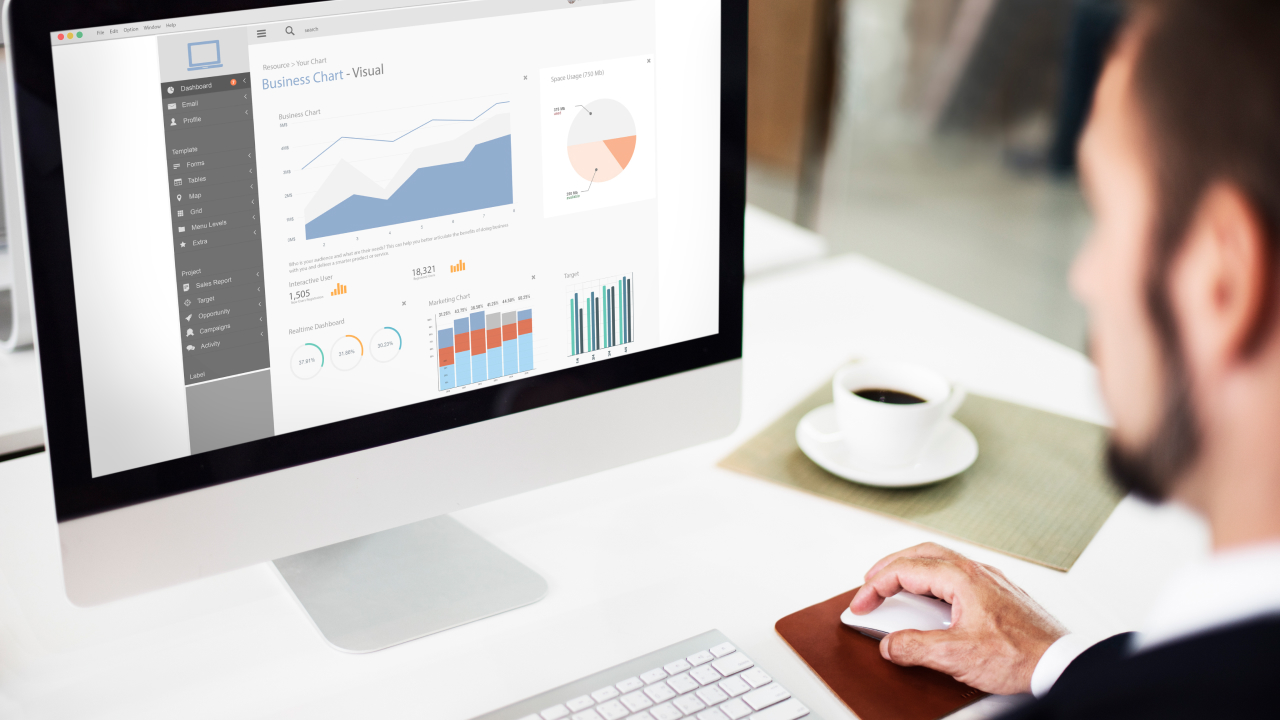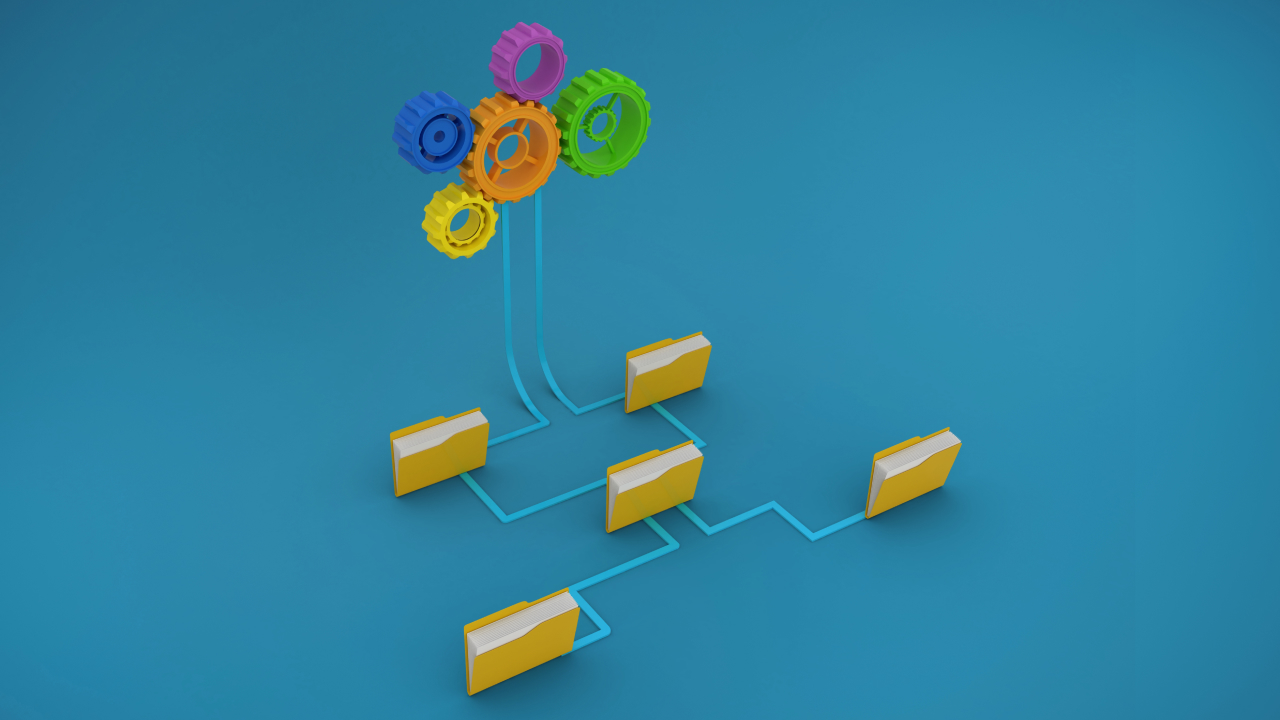Published February 08,2023
Data empowers patients, researchers, and partners
Using predictive analytics to change the pharmaceutical industry's future
The COVID-19 pandemic is still putting tremendous pressure on the healthcare and life sciences sectors. We have seen public health authorities, vaccine developers, equipment makers, and key employees act quickly to save lives while routinely endangering their own safety in order to address the unique difficulties of our time. Despite all the chaos and ambiguity caused by the pandemic, record-breaking amounts of investment are still flowing into the market to support breakthroughs.
Today, the time it takes to produce a vaccine is measured in weeks rather than years, telehealth technologies are being used by providers to enhance the patient and physician experience, and people are embracing a range of devices to take more ownership and management of their own health. By examining data from clinical trials and other clinical research to find areas for improvement or new treatments, data science in the pharmaceutical business can also aid improve patient outcomes. Furthermore, data scientists forecast future events based on historical patterns discovered from past events using machine learning algorithms that examine vast volumes of data at high rates.
Predictive models are very useful in drug development because they help predict future outcomes based on past observations. For example, if a patient has been taking a certain drug for a long time and it has not yet caused side effects, it may be safe for the patient to continue taking that drug. On the other hand, if there is new information about that patient's health that suggests continuing their current treatment may be dangerous (eg, heart disease), predictive models can determine which option will give them more benefit from continuing their current treatment . medicine or change to another? These medical informatics models help these companies better understand their patients and make better decisions about what treatment they need to get better faster. Pharmaceutical data scientists do this using advanced methods such as machine learning algorithms and deep neural network models, as well as plain old textbook regression analysis methods.
Medical image analysis is another cutting-edge and ground-breaking application of data science in the pharmaceutical sector. It has been demonstrated that analysing medical photographs can reveal even the smallest microscopic flaws. Software that can comprehend and analyse images like X-rays, MRIs, mammograms, and other types of images can be created with the aid of Deep Learning techniques in Data Science. These cutting-edge methods can also be used to examine how a particular pathogen, like bacteria, grows inside the human body. This information will assist pharmaceutical companies create drugs that effectively inhibit the microbe's observed development pattern. One can initially learn data science for the pharmaceutical sector by enrolling in a course that teaches data science in the pharmaceutical industry before learning about these advanced methodologies.
Since the pharmaceutical sector is changing quickly, so too must data analysis and analytics techniques. There are several chances for businesses to increase the effectiveness of their procedures, create novel new medications, and lower patient risks. As businesses implement cutting-edge technology like Machine Learning algorithms that can assist them in achieving these goals, the future will bring more effective procedures, better patient outcomes, and improved profitability in this sector.
 Author
Author




